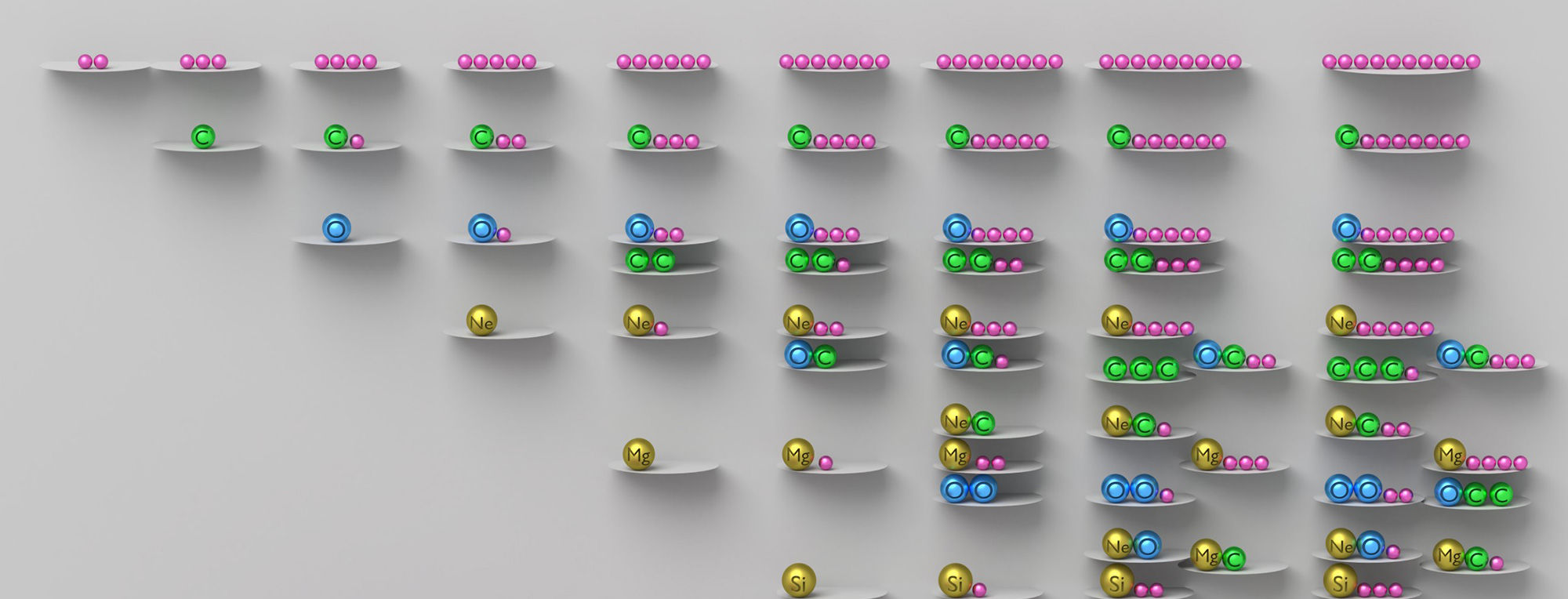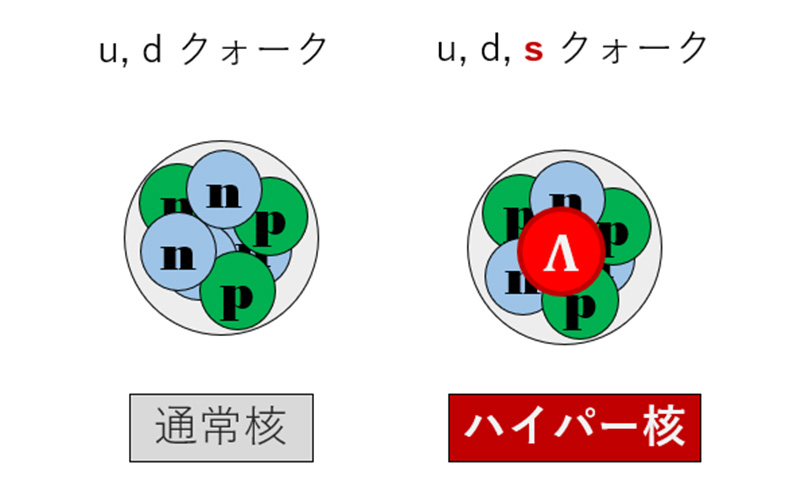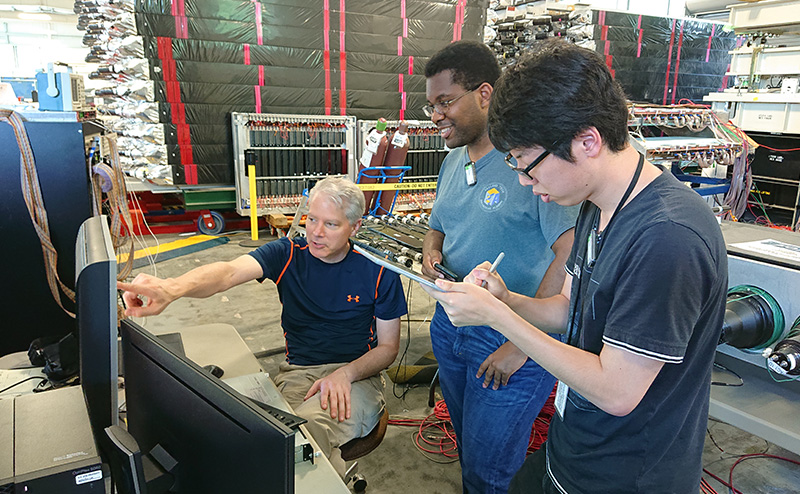The strong interaction is one of fundamental forces that we currently know. The nucleons interact
with each other by the strong interaction to form a nucleus. Our interest is how the strong
interaction works among other types of baryons particularly between a Lambda hyperon and a
nucleon (Lambda-N interaction). The Lambda is the lightest hyperon which consists of a
combination of u, d, and strange (s) quarks.
The nucleon interaction has been described by the Meson Exchange Model that was suggested by Dr.
Yukawa (Nobel Prize 1949) and some other phenomenological models such as the Chiral Effect Field
Theory, the Quark Cluster Model and so on. Recently, theoretical calculations based on the QCD
(quantum chromodynamics) which is the first principle calculation of the strong force are rapidly
being developed due to improvement of computer performance. The nucleon (NN) interaction is
understood much better in contrast to the YN interaction. The reason is simple. Experimental data
for the YN interaction study are deadly scarce. What we aim is to investigate the Lambda-N
interaction by means of the precise energy measurement of Lambda hypernuclei.


